Cold brew coffee is an exciting phenomenon. Even when you drink it cold it's much smoother than iced coffee, and the caffeine hits much harder than brewed hot coffee. Yes, cold brew coffee is really in a class of its own.
In this post, I'll take you through the history of cold brew coffee. We'll look at how it differs from hot and iced coffee, and explore its evolution into the drink you can grab at the supermarket or coffee shop today.
Grab a glass and pull up a chair, let's dive in!
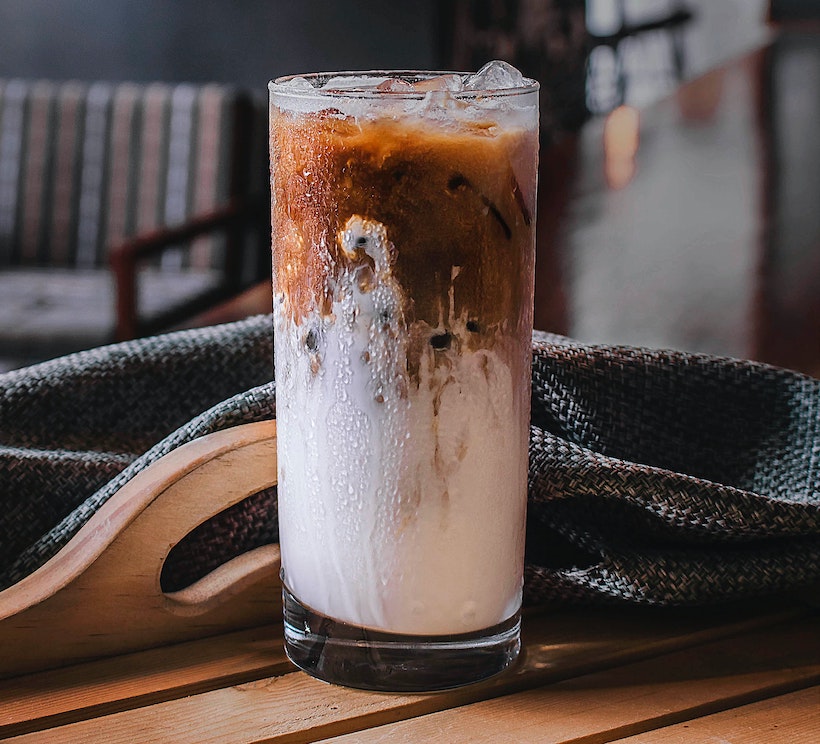
Cold brew coffee is rapidly becoming a popular drink in the US, with sales growing exponentially every year. In 2017 in the US, sales were up by more than 370%.
Before we touch the history, let's talk a little bit about cold brew coffee and how it differs from other forms of... let's call it coffee-mediated caffeine delivery mechanisms!
Many people think that cold brew is the same beverage as iced coffee – but that simply isn't the case. Iced coffee, in general, is simply traditional coffee served over ice, either plain or mixed with milk.
Cold brew coffee requires a more complicated (or at least longer) process. It involves soaking coffee grounds in water at cooler temperatures for roughly 12 to 24 hours, either room-temperature water or chilled. Then, after steeping the grounds, you filter them out of the water.
You're left with a coffee concentrate that's diluted with the precise amount of water you initially added. While the resulting brew is best served chilled, you can also heat it and serve it hot, or serve it mixed with creamer, ice, and even other ingredients like vanilla, hazelnut, or chocolate.
On the more complicated side, slow-drip cold brew, or Kyoto-style coffee, refers to the process of dripping water through coffee grounds at room temperature for several hours.
There indeed are a ton of varieties of the drink. One more that you've probably seen? Nitro cold brew. That's right – you can even infuse cold brew with nitrogen to create a tasty, fizzy coffee drink.
Most coffee aficionados love cold brew coffee for its natural sweetness, which results from the cold water's slow extraction rate. The cold water never extracts all the coffee's soluble matter. Some of the extracted soluble matter may be flavorful and aromatic, but some can be bitter and unpleasant. On the whole, though, cold brew is much sweeter and also less acidic than other coffee brew forms – useful if you have acid issues with your current coffee.
The extraction process makes cold-brewed coffee somewhat flatter compared to other brewing methods. Nonetheless, it's much sweeter.
Thanks to the natural sweetness, cold brews are ideal for mixing with cream. Cold brews also have an attractive property (at least for the sleepy) – due to the time spent brewing, they have more caffeine.
Brewing at lower temperatures for up to 24 hours leads to higher caffeine content than coffee made in your traditional coffee machine, which brews for about 6 minutes at temperatures above 98 °C (around 206-208 degrees Fahrenheit). While the pH of hot and cold brew coffee is similar, cold brew has a lower titratable acid concentration. Both pH and titratable acidity affect the taste of the coffee. But other than the variances I'm calling out here, it shares most of the health effects of coffee with other varieties.
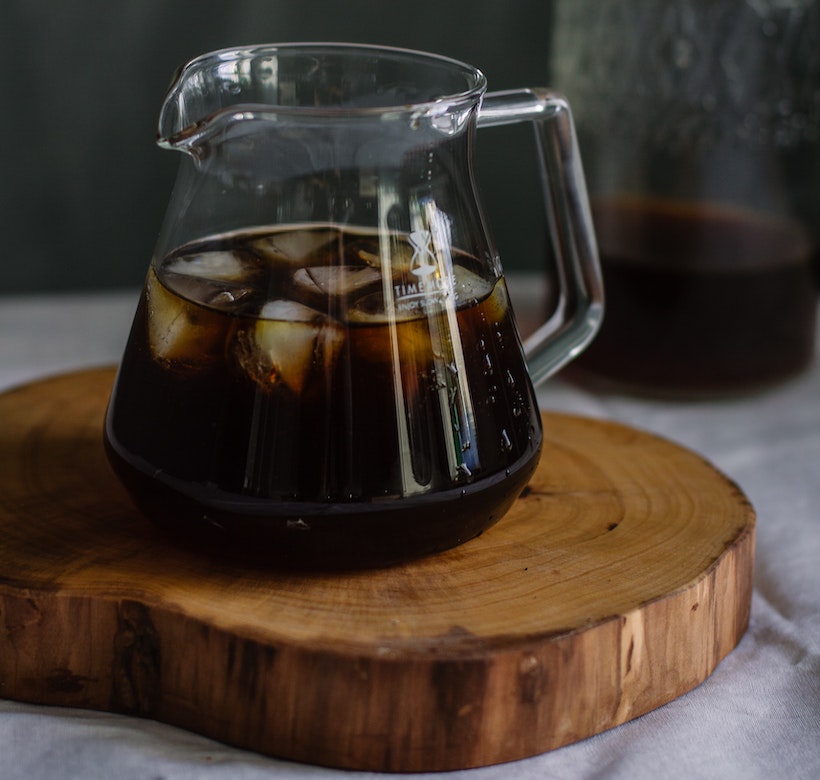
The main difference between cold brew and iced coffee is that iced coffee is brewed hot and served cold. As you've seen, cold brew coffee involves steeping coarsely ground coffee beans in room-temperature water for at least 6 hours – you might then heat it up, but you can also brew and serve cold-brew without ever increasing the heat.
Both methods have their advantages and disadvantages. Iced coffee is somewhat diluted – especially if you cool it down rapidly by adding ice. On the other hand, cold brew coffee doesn't taste as fresh as its iced counterpart because it's several hours to a day old. Additionally, as mentioned above, cold brew coffee is less "bright" since it has less acidity than traditional coffee. (Interestingly, iced coffee tends to bring out more acidic taste than hot coffee – it's something to beware if you have sensitive digestion).
Nonetheless, cold-brew aficionados say it tastes smoother than regular iced coffee. To those who are acid-sensitive, it's easier-drinking compared to hot coffee – and especially versus hot coffee cooled to make iced coffee.
How much less acidic? Some estimates claim that cold brew coffee is 67% less acidic than hot-brewed coffee. From experience, I don't know how to get an exact percentage (ha), but cold brew is much smoother on the tongue.
While cold brewing helps minimize undesirable coffee characteristics like acidity and dull flavor, it actually maximizes caffeine. Ounce per ounce, cold brew has significantly more caffeine content that its iced counterpart.
You might feel that "cold-brew" is a recent buzzword amongst today's coffee lovers. But did you know that this brewing technique dates back to as far back as the 1600s?
The Japanese in Kyoto added water to their coffee grounds as an efficient way to prepare a highly concentrated caffeinated drink. Some historians believe that the Japanese learned this method from Dutch traders who used cold brew methodologies on trade ships – but in Kyoto, there is also evidence they were cold-steeping tea for quite some time.
As the tale goes, the Dutch traders brewed coffee that they could store for long periods on their ships. Once they transferred their knowledge to Kyoto, over time, the cold brew method evolved into a delicious and artistic technique that involved dropping single beads of water into the grounds. The result was Kyoto-style cold brew coffee.
We also shouldn't overlook France's contribution to the evolution of cold brew coffee. The French created one of the first recipes that closely resembles today's iced coffee. This was the original Mazagran, a drink made by mixing a sweetened coffee concentrate with cold water.
According to William H. Uker in his 1922 book, All About Coffee, the French Foreign Legion soldiers at the Mazagran fortress in Algiers are the first people who brewed and enjoyed this beverage.
The French took control of the Mazagran fortress in 1837 following the Treaty of Tafna. The Mazagran drink spread across Europe when the soldiers returned to France and introduced the recipe in French cafes – it's impossible to hold a good idea down.
The world gradually embraced cold-brew as an efficient way of making coffee, thanks to its high concentration levels. By the 1800s, cold-brewed coffee had spread to the better part of Europe, Asia, and America.
In fact, due to its concentration levels, cold-brewed coffee played an integral role in military provisioning the world over. The Americans, the French, the Brits, and the Scots all made some form of coffee concentrate for their soldiers to use in the field.
The British version is especially famous – they are known for Camp Coffee, a brand founded by Campbell Paterson in 1885. Historians believe that the origin of Camp coffee started with a request from the Gordon Highlanders to Campbell for a beverage that the army could easily use while in the field in India.
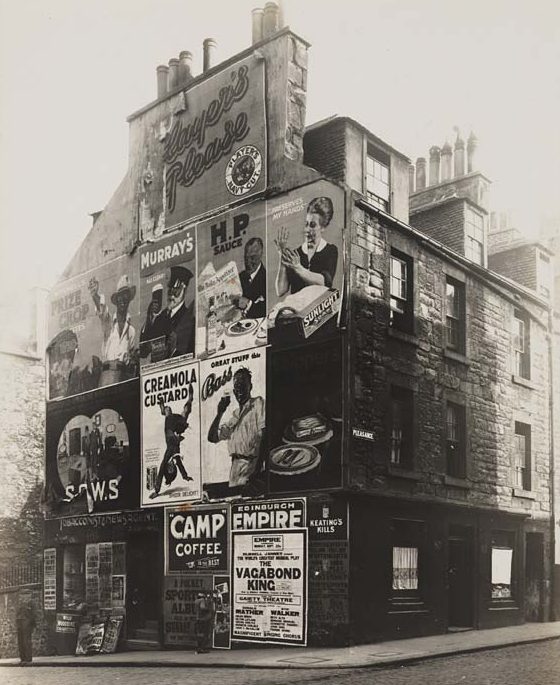
A blend of coffee, chicory, water, and sugar, Camp Coffee was truly the world's first attempt at instant coffee (I'm only half joking). However, those early efforts at simple-to-prepare coffees and syrups lit the way.
It wasn't until much later in 1960, that the world saw its true first-ever ready-to-drink (RTD) canned coffee, thanks to Japan's Ueshima Coffee Company. Three years later, Todd Simpson (an engineer by education... and a nursery owner by trade) traveled from America to Peru to search for high-quality coffee plants.
He discovered the Peruvian cold-brew coffee, which led to the invention of the Toddy Cold Brewing System.
In America, cold-brew coffee serves as a versatile base that you can use to create your own choice of beverage. Let's take a look at how a few different regions prepare their cold brew coffee.
According to William H. Ukers, Cuban cold brew coffee is a bit differently. In Cuba, they traditionally grind their coffee fine before putting it into a receiving vessel and pouring cold water on top of it. They repeat the process several times until the coffee mass is properly saturated.
The result is an extremely concentrated extract that you can use for making your favorite drink, like black coffee or cafe au lait.
New Orleans has its own cold brew coffee apart from the rest of the US – it is known for its chicory-infused iced coffee. The art of adding chicory to cold brew originated in France during a Napoleon-era blockade. French settlers brought this drink to New Orleans during the Civil War.
The dried, ground root of the blue-flowered chicory plants tastes similar to coffee beans. It also has a distinctive roasted aroma that comes out beautifully in cold-brewed coffee.
In 1963, Todd Simpson journeyed to Peru, where he first tasted cold brew coffee. The smooth-drinking and tasty beverage inspired him to develop the Toddy Cold Brew System.
The Toddy Cold Brew System is a non-electrical coffee maker that uses an innovative cold-water extraction process to brew flavorful, full-bodied cold brew coffee.
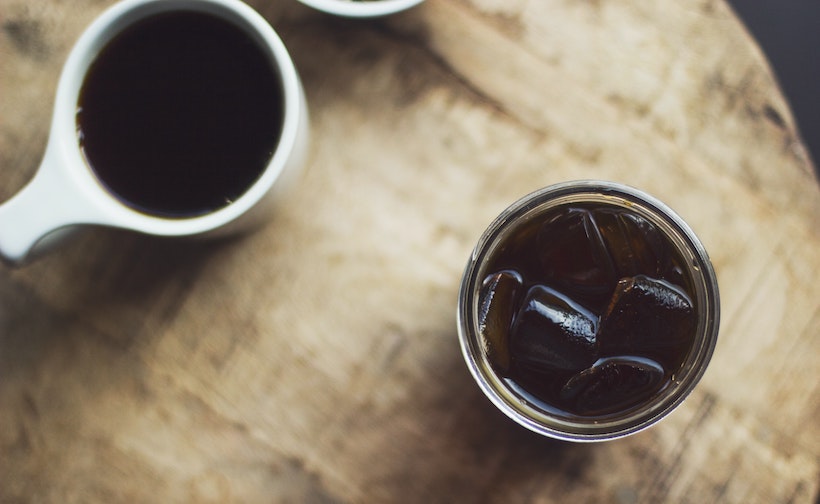
Today's cold-brewed coffee comes in many different forms, including distinct brewing methods, as outlined below:
Since its invention in Japan (in the 1960s) by the Ueshima Coffee Co, canned coffee has evolved to become one of the most popular beverages today. Canned coffee comes ready to drink, and you can find it in local supermarkets, convenience stores, food trucks, and vending machines.
At this point, if you can dream of a flavor, you can find it in a canned coffee. Canned coffee with milk is the most popular, but there are also black coffee, café au lait, as well as milk coffee without sugar. Some brands also offer fruit-flavored coffees.
Really, it's impossible to scratch the surface on this one, though – check it out the next time you're at the store.
The advent of cold brew coffee in coffee houses made it more accessible to coffee lovers. It's been in various houses since the 1980s, and the big one – Starbucks – introduced the drink in some stores in 2015. (Today, you can find cold brew coffee at all of its more than 13,000 outlets in the US)
Besides large chains like Starbucks and Dunkin' Donuts, many small shops also sell cold brew coffee. Some specialty coffee houses even sell Nitro cold brew. Invented in 2012, Nitro cold brew is basically cold-brew coffee in a keg, infused with nitrogen to produce a beer-like cup of coffee.
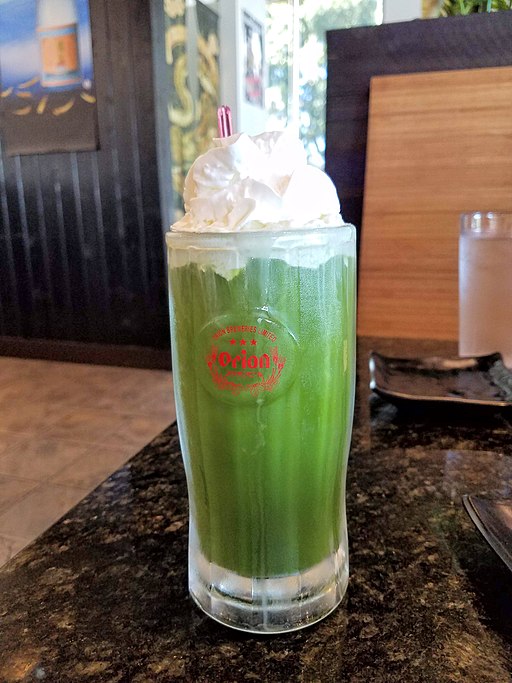
Coffee lovers rarely drink straight cold-brewed coffee because of its higher caffeine content. They often mix it with milk or cream and enjoy it in many other ways. Here are a few ways you can use the cold-brew concentrate to make different coffee drinks:
Compared to the complete history of coffee, cold brew is a tad younger. However, it certainly made its impression as a less-acidic, tasty, high-quality way to make coffee with a kick.
And what a great history it has had. Either as an artisan drink in Kyoto or a way to caffeinate sailors, cold brew hits the mark.
I hope you enjoyed this deep dive into cold brew's history and will smile a bit the next time you grab some from your local coffee house.